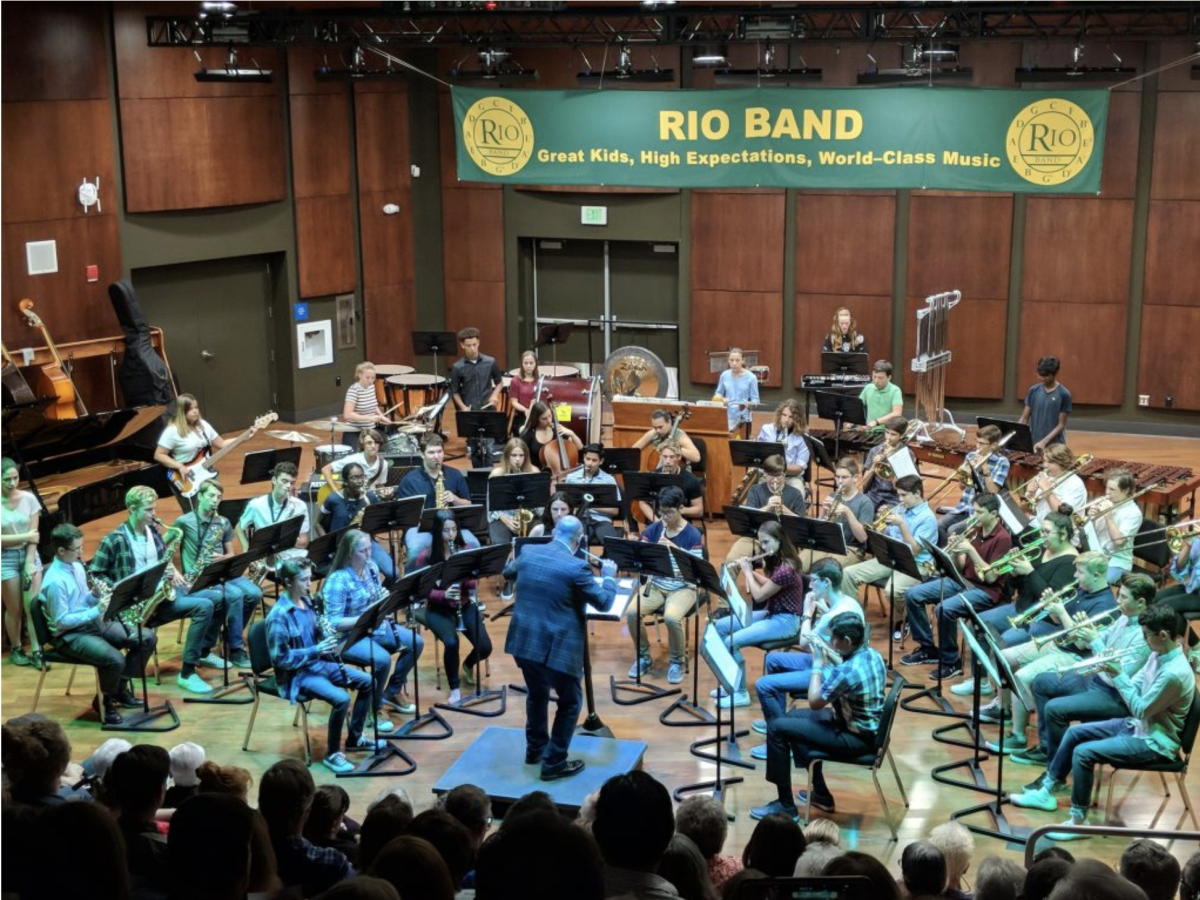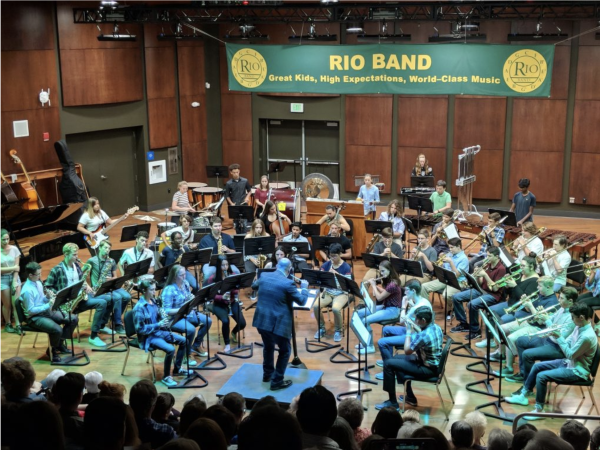UC Schools More Selective Than Ever
For college admissions across the world, times have changed. Schools now are harder to get into than ever before and students are left wondering why.
The University of California system, reputed for its quality education, has seen its acceptance rate drop each year. In 2009, UC campuses accepted roughly 78 percent of applicants, whereas in 2018, they admitted just 59 percent.
For students living in California this drop was even steeper, as it fell from 85 percent to 59 percent.
Nina Seibel, who attended UC Davis in 1989, recalled how the UC system was much more lenient then compared to now.
“I wrote my UC essays by hand,” said Seibel. “If I had to apply now, I would not get in.”
Many parents who also attended UC schools hold the same views.
With the competition increasing each year, the UC campuses are becoming more and more selective. Admission statistics show that UCLA accepted 18 percent of its applicants in the 2016-2017 academic year, but only accepted 14 percent of applicants in the 2018-2019 academic year.
In fact, the competition is increasing at such a fast rate that those who attended UC schools in the past few years have advantages when putting their college on their résumé. Such advantages include appearing highly qualified, among others.
“When job employers see that a candidate attended a UC school, they will think very highly of them,” said Nahal Hekmat, who received her math degree at UC Davis. “What they don’t realize is that there is a good chance the job candidate who attended a UC in 2014 may not get into a UC school today.”
As times have changed in terms of admission to UC schools, so has the student diversity. UC schools are becoming much more popular now for out-of-state students, including those from abroad, because they pay a pricey out of-state tuition.
Over the past decade, UC’s have significantly increased the number of out-of-state applicants who are granted admission — from under 1,800 in 2009 to nearly 10,000 in 2018.
The same thing goes with students from abroad: 5 percent of international students were admitted to UC’s in 2009, whereas 21 percent were admitted in 2018. Facing backlash from residents, California placed an 18 percent cap on non-resident enrollment at each UC campus in 2017.
Students are doing nearly everything possible to increase the chances of getting into a UC school. For some, this might entail over 100 hours of preparation for standardized tests such as the SAT and ACT.
However, test prep can be costly, especially if students take the exam multiple times. Because of this, UC schools are considering becoming test optional, meaning students aren’t required to submit test scores in order to get in.
Many other prestigious colleges across the United States have become test optional or are partially test optional, meaning they will accept a variety of other qualifications besides a good SAT or ACT score.
One school which has done this is New York University, hoping to level the playing field for its applicants. One option at NYU is to submit three passing AP Exam scores to the school, with at least one test from a Literature & Humanities academic area, another relating to Math & Science, and the third may be from any subject area.
Some schools that haven’t become test optional yet only require applicants to submit their best test score, rather than all of them. However, this may be an overstatement, as most schools will only consider the highest score submitted anyway.
With the competition only increasing, colleges will continue to get more and more difficult to get into. it is up to the students to make themselves stand out from the hundreds of other applicants with the same academic qualifications.






























Non-specific engineering major • Nov 3, 2021 at 8:43 PM
Your writing rivals that of a typical journalist at a local publication. It is a traditional style that gets across the message effectively. I look forward to your future endeavors. I will pay attention to your future work, Aaron.
PS: this site needs captcha software for bots your security is more funny then effective although I know that isn’t your expertise.